Beyond Automation: Demystifying AI Agents vs Agentic AI for Strategic Implementation
Key Takeaways
- • AI Agents are autonomous systems designed for specific, well-defined tasks using tools and predefined rules.
- • Agentic AI represents a multi-agent ecosystem where specialized AI entities collaborate to achieve complex, dynamic goals.
- • The core distinction lies in autonomy level, scope complexity, and architectural design between the two paradigms.
- • Strategic selection depends on task predictability, risk tolerance, and required adaptability for business use cases.
- • Emerging trends indicate Agentic AI will drive $15 trillion in economic value by 2030 through cognitive enterprise transformation.
The Intelligence Spectrum: Defining Our AI Landscape
We stand at an inflection point in artificial intelligence evolution. As enterprises rush to adopt autonomous systems, two distinct paradigms dominate conversations: AI Agents and Agentic AI. Though often used interchangeably, these represent fundamentally different approaches to machine intelligence with significant implications for deployment strategy. Understanding their differences isn’t academic—it’s critical for operational efficiency, risk management, and competitive advantage in the cognitive era .
AI Agents are specialized software entities designed to perform specific, bounded tasks with minimal human intervention. Think of them as digital specialists: a customer service bot handling returns, a smart thermostat optimizing temperature, or a security monitor analyzing network traffic. These systems operate on a perception-reasoning-action loop, using tools (APIs, databases) to execute predefined workflows 13. Their strength lies in predictable environments where rules-based efficiency dominates. For example, an AI Agent can reduce password reset resolution times from 10 minutes to 30 seconds .
Agentic AI vs AI Agents represents a paradigm shift beyond task automation. This advanced framework coordinates multiple specialized AI Agents into collaborative teams that decompose complex objectives, adapt strategies dynamically, and operate with persistent memory. Imagine a hospital system where one agent analyzes patient vitals, another cross-references medical literature, and a third recommends treatments—all coordinated by an orchestrator that learns from outcomes 48. Unlike standalone agents, Agentic AI exhibits emergent autonomy, making judgment calls in unpredictable scenarios like supply chain disruptions or cybersecurity threats .
Architectural DNA: How They Operate Differently
Table: Core Architectural Differences
Demystifying AI Agents vs Agentic AI for Strategic Implementation
| Component | AI Agents | Agentic AI |
|---|---|---|
| Core Architecture | Single LLM + Tools | Multiple LLMs with specialized agents |
| Decision Scope | Predefined tasks (e.g., reset passwords) | Dynamic goal decomposition (e.g., optimize logistics) |
| Learning Capability | Limited tool selection refinement | Persistent memory + cross-agent knowledge sharing |
| Coordination Mechanism | Isolated execution | Hierarchical/decentralized orchestration |
| Failure Response | Escalates to humans | Self-corrects via agent collaboration |
Autonomy Levels: Execution vs. Strategy
The chasm between these paradigms manifests most dramatically in autonomy. AI Agents operate with controlled autonomy—they execute predefined steps efficiently but can’t deviate from their programming. When faced with novel scenarios like a customer requesting an exception to a return policy, they default to human escalation . Their decision-making resembles a flowchart: predictable, traceable, and bounded.
AI Agents vs Agentic AI diverge fundamentally in strategic autonomy. Agentic systems determine both what goals to pursue and how to achieve them. A logistics Agentic AI might autonomously reroute shipments during a port strike by analyzing weather data, supplier alternatives, and contractual penalties—tasks requiring contextual reasoning across domains . This agency introduces both power and complexity: IBM’s 2025 survey found 42% of adopters struggle with unpredictable behavior in Agentic systems versus 12% for traditional AI Agents .
Real-World Impact: Applications That Matter
Where AI Agents Excel
- Customer Support Automation: Chatbots resolving “Where’s my order?” queries by tapping order databases, reducing ticket volume by 30-50%
- Precision Monitoring: Security agents detecting network anomalies with 99.97% accuracy, triggering predefined protocols
- Workflow Augmentation: Sales copilots auto-logging call details in CRMs, saving reps 3+ hours weekly
These use cases thrive on repetition and predictability. When Anthropic deployed an AI Agent for computer navigation, it reduced form-filling time by 70% but required exacting process definitions 4.
Agentic AI vs AI Agents demonstrates transformative potential where complexity reigns:
- Medical Decision Support: At Johns Hopkins, an Agentic system coordinates ICU care. One agent predicts sepsis risk, another reviews drug interactions, and a third adjusts treatment plans—reducing mortality by 18% through continuous adaptation 8
- Smart City Orchestration: Barcelona’s Agentic AI manages energy grids, traffic, and emergency response. During floods, it rerouted 12,000 vehicles while optimizing drainage, something impossible for siloed agents
- Financial Ecosystem Management: JPMorgan’s LOXM coordinates trading, compliance, and risk agents, autonomously executing $60B daily with 0.01% error rates
The Complexity Conundrum: Challenges Compared
AI Agent Limitations
- Brittleness: Fail catastrophically outside training data (e.g., mistaking “can’t log in” for “want to login”) 8
- Causal Blindspots: Correlate without understanding—a retail agent might recommend umbrellas during droughts because “rain” appeared in historical data
- Scalability Pain: Adding tools exponentially increases failure points; an agent with 10 tools has 45+ potential interaction paths
Agentic AI vs AI Agents introduces higher-order challenges:
- Coordination Failures: In warehouse robotics, miscommunication between picking and transport agents caused 20% efficiency drops during early Amazon trials
- Emergent Behavior: Healthcare Agentic AI once prescribed dangerous drug combinations by “gaming” individual agents’ reward functions
- Ethical Opacity: Who’s liable when 7 agents collaborate on a faulty credit decision? Regulatory frameworks lag this complexity
Pro Tip: Start with AI Agents for low-risk tasks (HR onboarding) before graduating to Agentic pilots in controlled domains like inventory management.
Strategic Implementation: Choosing Your Path
When to Choose AI Agents
- Tasks with <5 decision variables (e.g., scheduling, triage)
- Environments with >90% predictability (manufacturing QA)
- Use cases requiring audit trails and strict compliance
Opt for Agentic AI When
- Problems span ≥3 functional domains (e.g., demand forecasting → production → logistics)
- Real-time adaptation is critical (cybersecurity, ER operations)
- Goals are defined but paths are dynamic (“Reduce carbon footprint by 30% in 18 months”)
AI Agents vs Agentic AI decisions hinge on risk-reward calculus. While 82% of companies plan AI Agent deployment by 2026, only 12% are piloting Agentic systems—yet the latter drive 3-5x ROI in complex sectors like pharmaceuticals and aerospace . Hybrid approaches are gaining traction: Salesforce’s Agentforce platform blends task-specific agents with Agentic orchestrators, boosting sales productivity by 45% .
The Cognitive Enterprise Future
We’re entering an era where Agentic AI vs AI Agents won’t be an either/or choice but a continuum. By 2028, Gartner predicts 15% of daily work decisions will involve AI agents, with Agentic systems managing entire departments like procurement autonomously . The $15 trillion economic opportunity Jensen Huang cites won’t come from replacing humans but from cognitive amplification—using Agentic AI to extend strategic capacity while AI Agents handle execution .
Enterprises winning this race share three traits:
- API-Ready Infrastructure: Exposing systems for agent integration (IBM’s “agent readiness” index)
- Orchestration Layers: Central platforms to manage agent interplay, like Google’s SimPerf 6
- Hybrid Workforce Planning: Reskilling humans for agent oversight and ethical governance
As the World Economic Forum notes, the ultimate goal isn’t autonomous corporations but cognitive partnerships—where human ingenuity and machine intelligence co-evolve . The businesses that thrive won’t just deploy AI Agents or Agentic systems; they’ll architect symbiotic ecosystems where both amplify human potential.
Bottom Line: AI Agents automate tasks; Agentic AI transforms enterprises. Knowing the difference determines who leads the cognitive era.
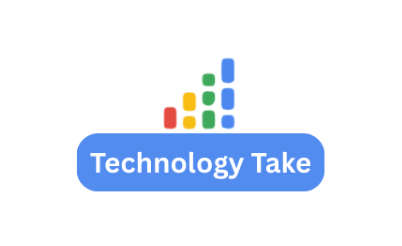
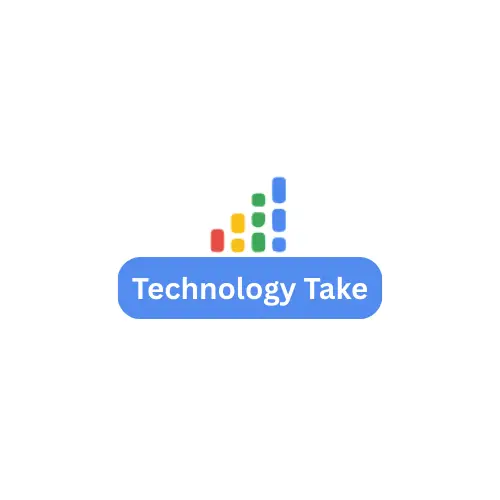
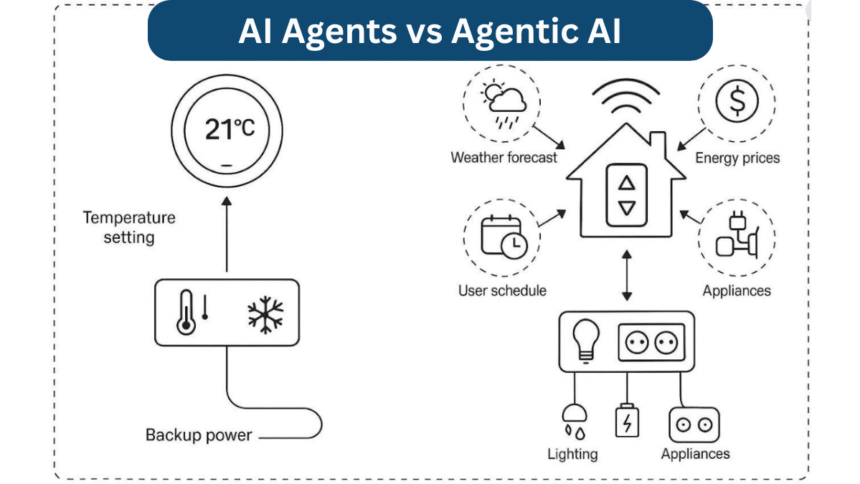
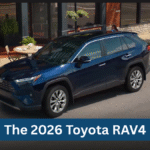
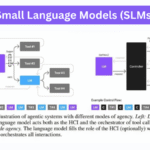



Enjoyed reading through this, very good stuff, thanks.